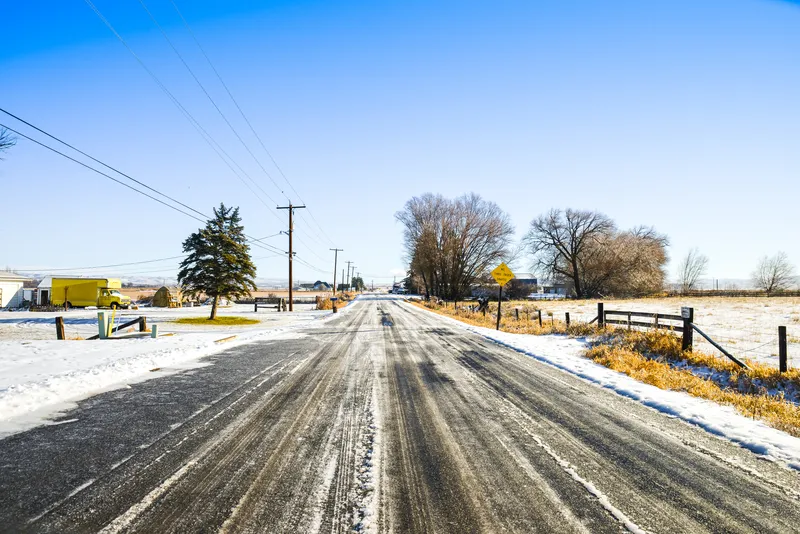New Zealand’s first weather-activated road signs with adjustable speed limits have gone live on State Highway 29 over the Kaimai Range.
The 22 high-tech signs are part of an innovative NZ Transport Agency trial that aims to reduce the crash rate on the steep road, which links the Waikato and the Bay of Plenty.
The variable speed signs, along with four web cameras, will be linked to a weather station at the summit of the Kaimai Range. The Transport Agency will monitor the weather station and adjust the
November 3, 2015
Read time: 2 mins
New Zealand’s first weather-activated road signs with adjustable speed limits have gone live on State Highway 29 over the Kaimai Range.
The 22 high-tech signs are part of an innovative NZ Transport Agency trial that aims to reduce the crash rate on the steep road, which links the Waikato and the Bay of Plenty.
The variable speed signs, along with four web cameras, will be linked to a weather station at the summit of the Kaimai Range. The Transport Agency will monitor the weather station and adjust the speeds between 30km/h to 100km/h depending on conditions. They will also be used during road works or in the event of a crash when speeds may be reduced to as low as 30km/h. The speeds will be enforced by police.
The Transport Agency’s chief safety advisor, Colin Brodie says the two year trial aims to encourage people to drive at safe speeds when rain, ice and fog hit the Kaimai Range.
“Our data shows that over 70 per cent of the crashes on the Kaimai Range happen in wet weather, and that over 40 per cent of these were caused by drivers travelling too fast for the conditions,” he says.“Despite the changeable weather on the Kaimai Range people still attempt to travel at 100km/h.”
Brodie says the Transport Agency is working closely with police and others to reduce deaths and serious injuries on New Zealand roads, as part of the Government’s Safer Journeys strategy. If it is successful, and there is a reduction in death and serious injuries within the trial site, it may be rolled out across similar sites around New Zealand.
The 22 high-tech signs are part of an innovative NZ Transport Agency trial that aims to reduce the crash rate on the steep road, which links the Waikato and the Bay of Plenty.
The variable speed signs, along with four web cameras, will be linked to a weather station at the summit of the Kaimai Range. The Transport Agency will monitor the weather station and adjust the speeds between 30km/h to 100km/h depending on conditions. They will also be used during road works or in the event of a crash when speeds may be reduced to as low as 30km/h. The speeds will be enforced by police.
The Transport Agency’s chief safety advisor, Colin Brodie says the two year trial aims to encourage people to drive at safe speeds when rain, ice and fog hit the Kaimai Range.
“Our data shows that over 70 per cent of the crashes on the Kaimai Range happen in wet weather, and that over 40 per cent of these were caused by drivers travelling too fast for the conditions,” he says.“Despite the changeable weather on the Kaimai Range people still attempt to travel at 100km/h.”
Brodie says the Transport Agency is working closely with police and others to reduce deaths and serious injuries on New Zealand roads, as part of the Government’s Safer Journeys strategy. If it is successful, and there is a reduction in death and serious injuries within the trial site, it may be rolled out across similar sites around New Zealand.










